Unexpected things early explorers brought back from the ‘new world’
When early explorers set sail for the New World, they had no idea what peculiar treasures awaited them. Not only did they discover vast continents and diverse cultures, but they also stumbled upon a cornucopia of new and exciting plants, animals, and goods.
These souvenirs would go on to leave an indelible mark on global cuisine, medicine, and even fashion. Let’s dive into the fascinating world of these unexpected finds and how they’ve shaped our modern lives.
The Unusual Stowaway: Armadillos

Armadillos, those armored little creatures, made their way from the Americas to Europe as a quirky keepsake. Initially, they were more of a novelty than anything else, intriguing Europeans with their unique, shell-like exteriors.
Over time, scientists became interested in studying these peculiar animals. Armadillos also found their way into local folklore and art, symbolizing the exoticism of the New World and providing a source of endless curiosity for the European public.
Potatoes: The Humble Tuber That Changed the World
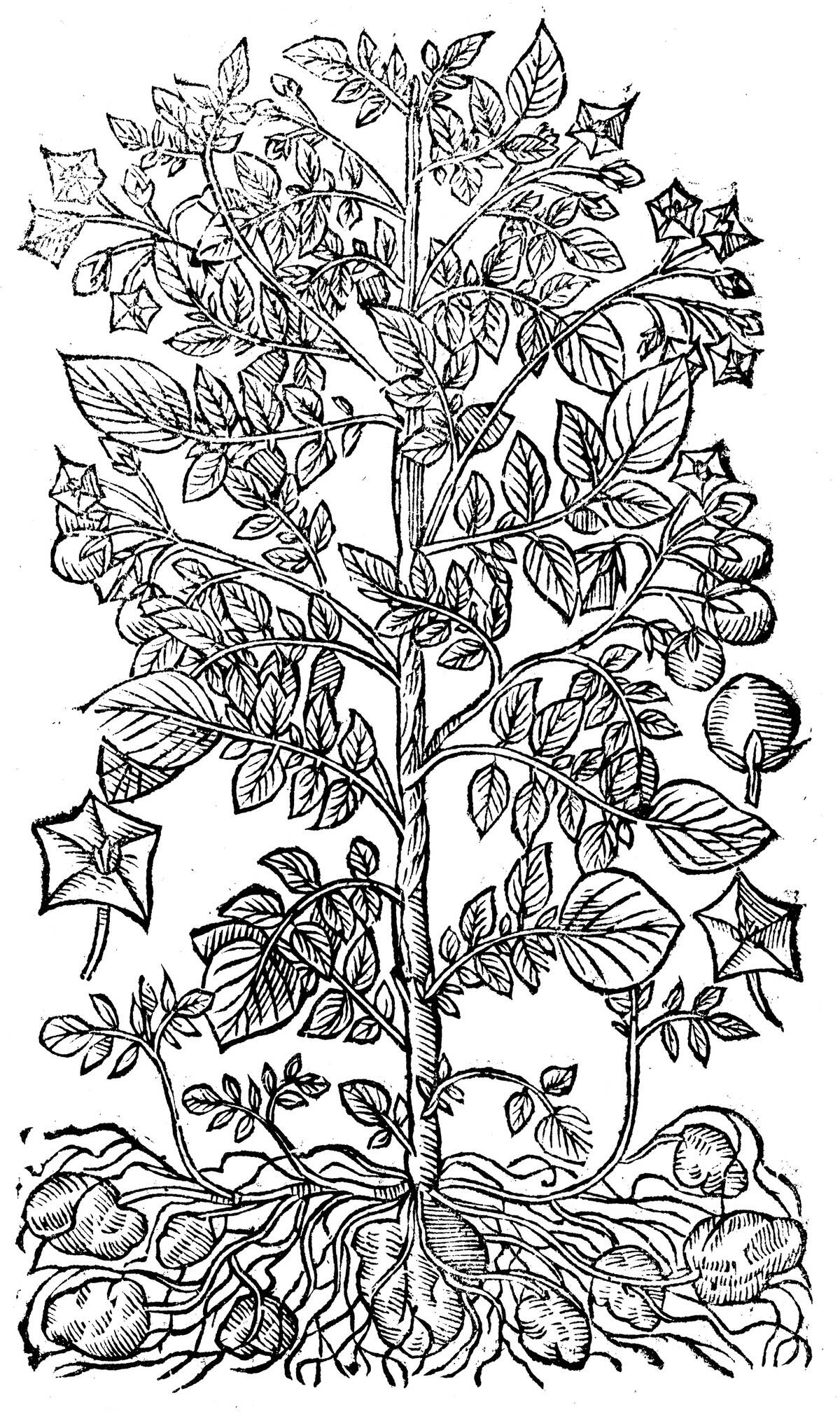
The potato might seem like an ordinary tuber, but its impact on the world is anything but. When Spanish explorers brought potatoes back to Europe, they introduced a crop that would eventually become a staple in diets worldwide.
Potatoes are incredibly versatile and nutritious, providing essential vitamins and minerals. This humble spud helped stave off famine in many regions and fueled population growth, particularly in Ireland and Northern Europe, marking a turning point in agricultural history.
Chocolate: The Sweet Sensation from the Americas
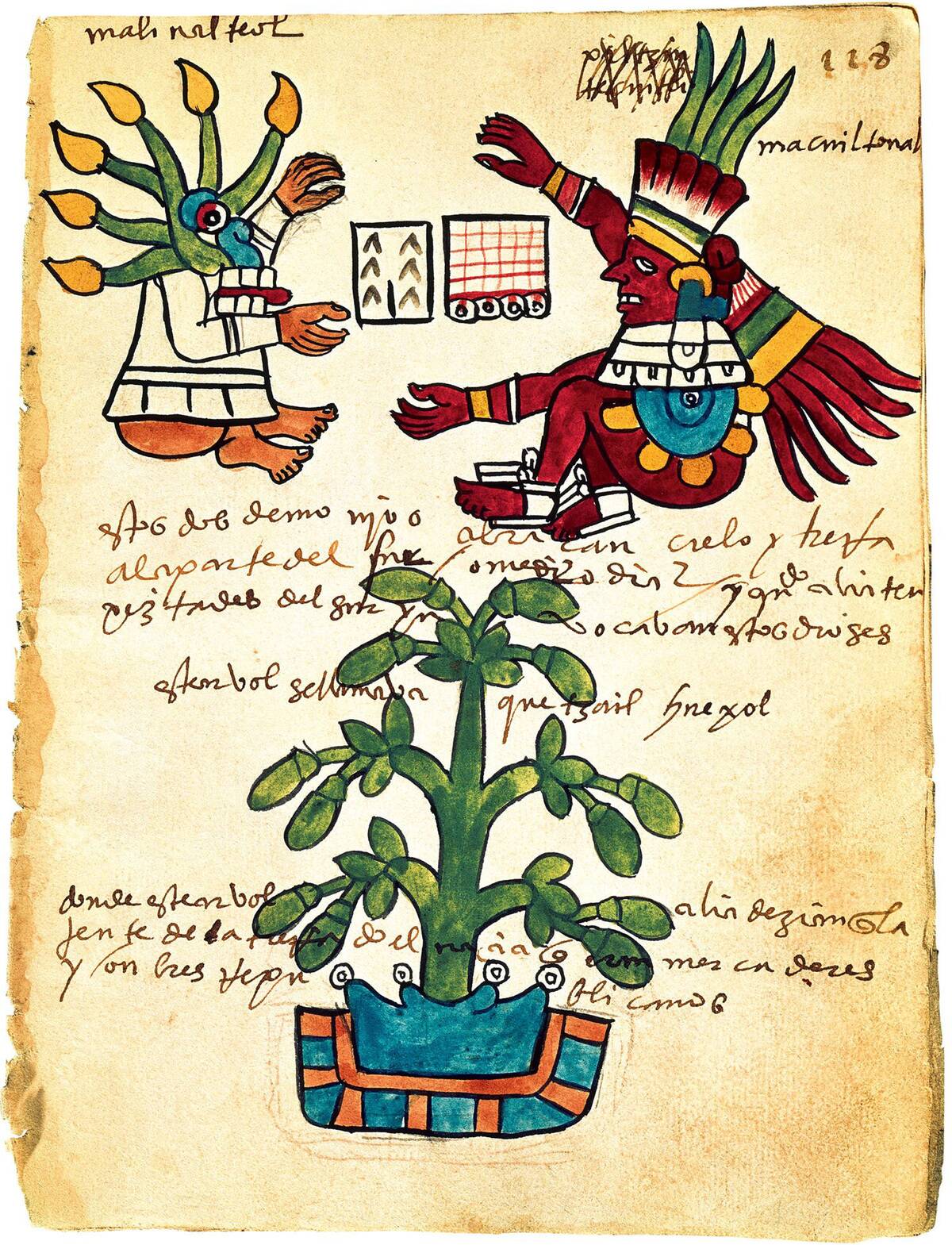
Chocolate, derived from the cacao bean, was introduced to Europe by the Spaniards in the 16th century. Originally consumed as a bitter drink by the Aztecs, it quickly evolved into a sweetened delight that captivated European palates.
The addition of sugar turned chocolate into a luxury item enjoyed by the elite. Over time, chocolate’s popularity spread, leading to innovations such as milk chocolate and solid bars, making it a beloved treat worldwide and a staple in various culinary traditions.
The Tobacco Trade: From Curiosity to Global Craze
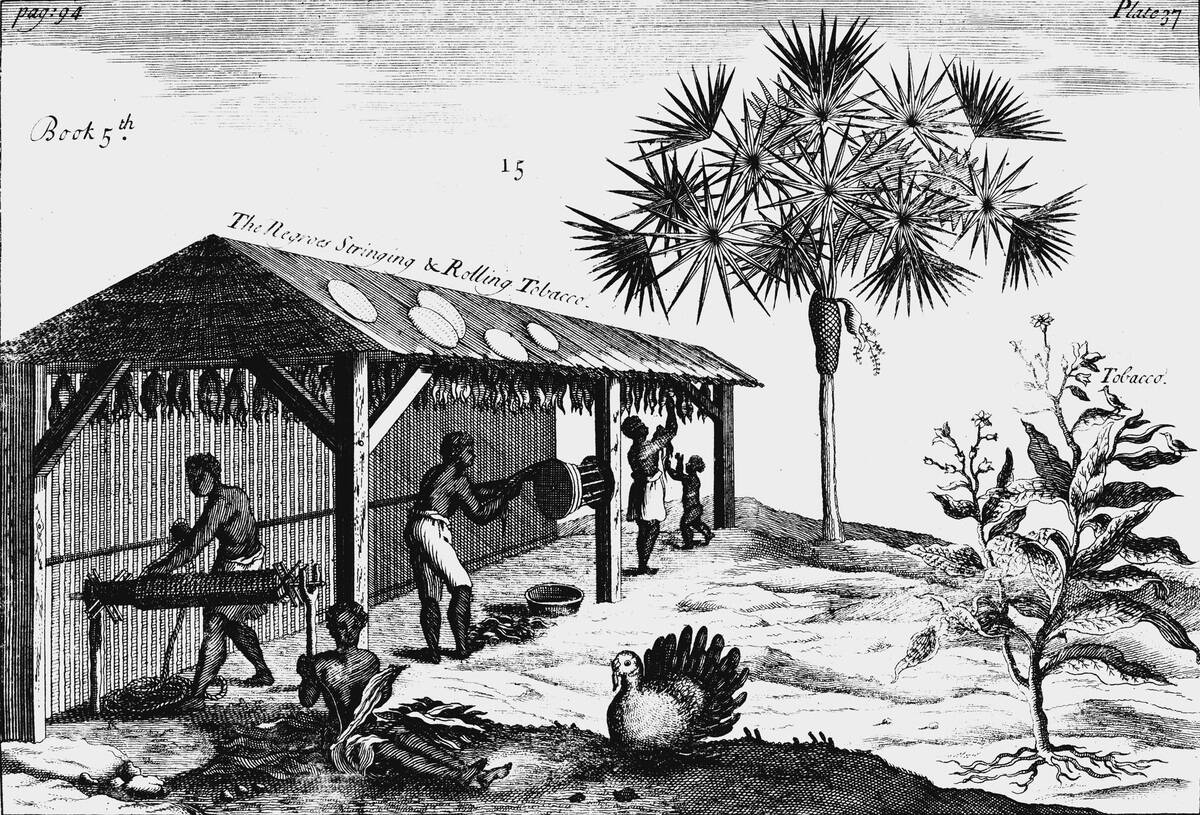
Tobacco was one of the most surprising finds for early explorers. Initially used by Indigenous peoples in spiritual rituals, it quickly caught on in Europe as a fashionable pastime. The habit of smoking or chewing tobacco spread rapidly, fueled by its perceived medicinal properties and the allure of its exotic origins.
Tobacco cultivation became a significant economic driver in the colonies, with plantations springing up throughout the Americas, marking the start of a global trade that would have lasting implications.
Tomatoes: From Exotic Plant to Pasta Partner

Tomatoes were initially met with suspicion in Europe, as they were believed to be poisonous due to their relation to the nightshade family. However, their vibrant color and unique flavor eventually won over cooks and gardeners.
As tomatoes became more widely accepted, they helped to create the iconic dishes of Italian cuisine. Today, tomatoes are a culinary staple around the world, used in everything from sauces to salads, and even as the base for ketchup.
Turkeys: The Feathered Gift to Europe
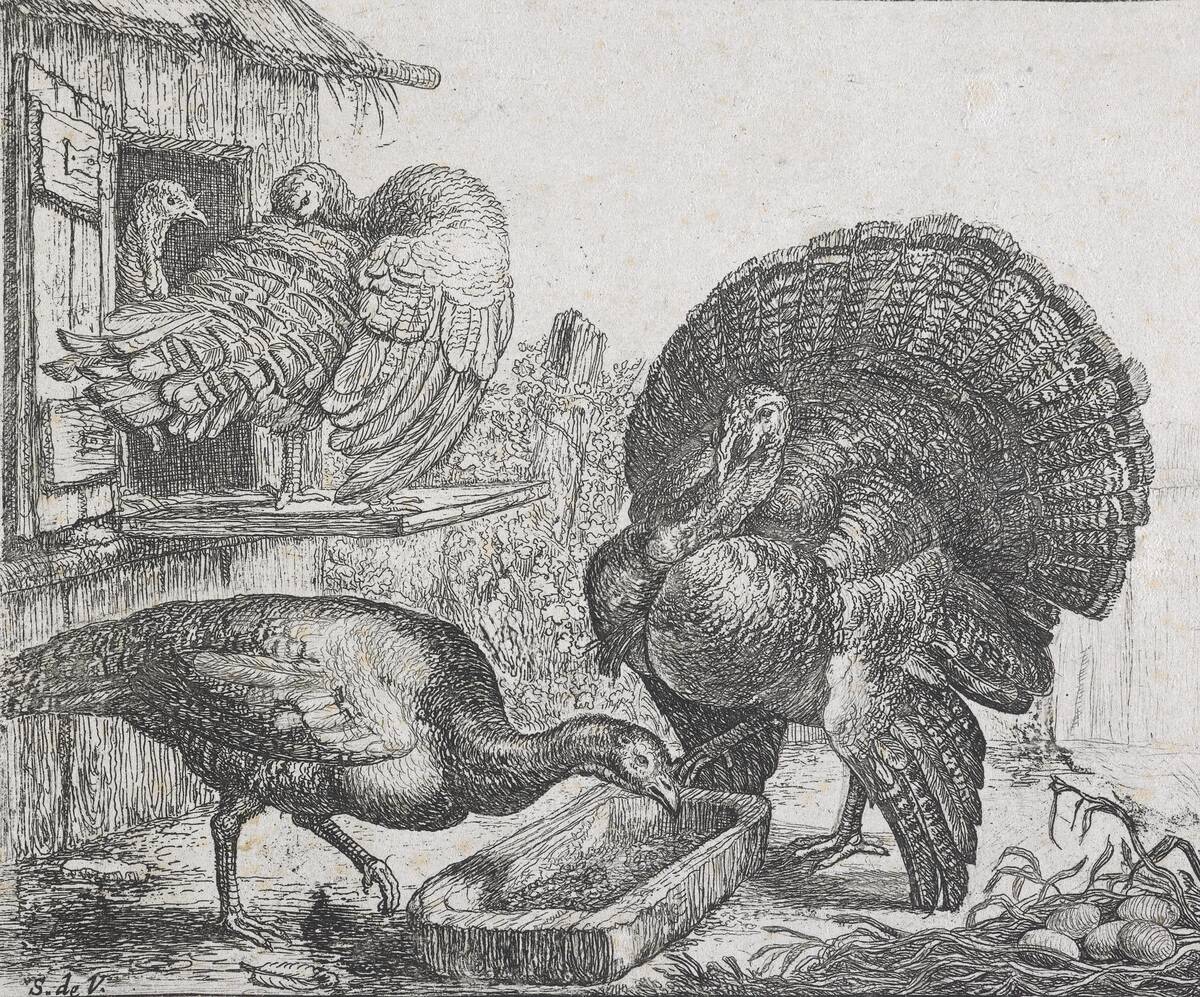
Turkeys, native to North America, were brought to Europe in the early 16th century by Spanish explorers. Their large size and flavorful meat quickly made them a popular choice for feasting, especially during festive occasions.
Turkeys were initially mistaken for a type of guinea fowl, leading to their misleading name linked to Turkey, the country. Over time, they became an integral part of holiday traditions, especially in England and later in America, where they are synonymous with Thanksgiving celebrations.
Quinine: The Accidental Medicine for Malaria
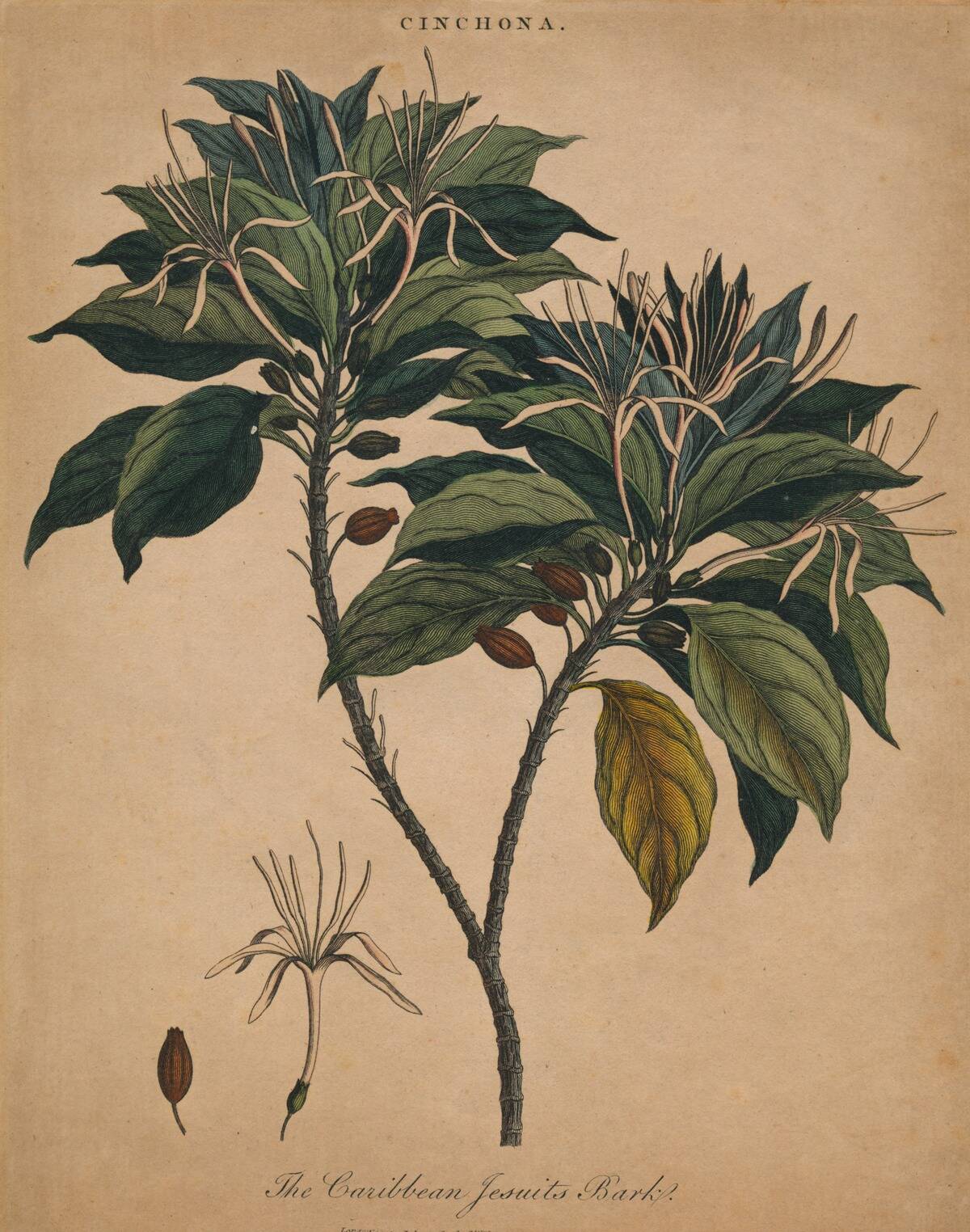
Quinine, derived from the bark of the cinchona tree, was a groundbreaking discovery in the fight against malaria. Indigenous peoples in South America used it to treat fevers, a practice noted by Jesuit missionaries.
When quinine made its way to Europe, it became the first effective treatment for malaria, a disease that had plagued many regions. This accidental medicine revolutionized healthcare, saving countless lives and facilitating colonial expansion into tropical areas where malaria was rampant.
Strange and Spicy: Peppers and Their Fiery Journey
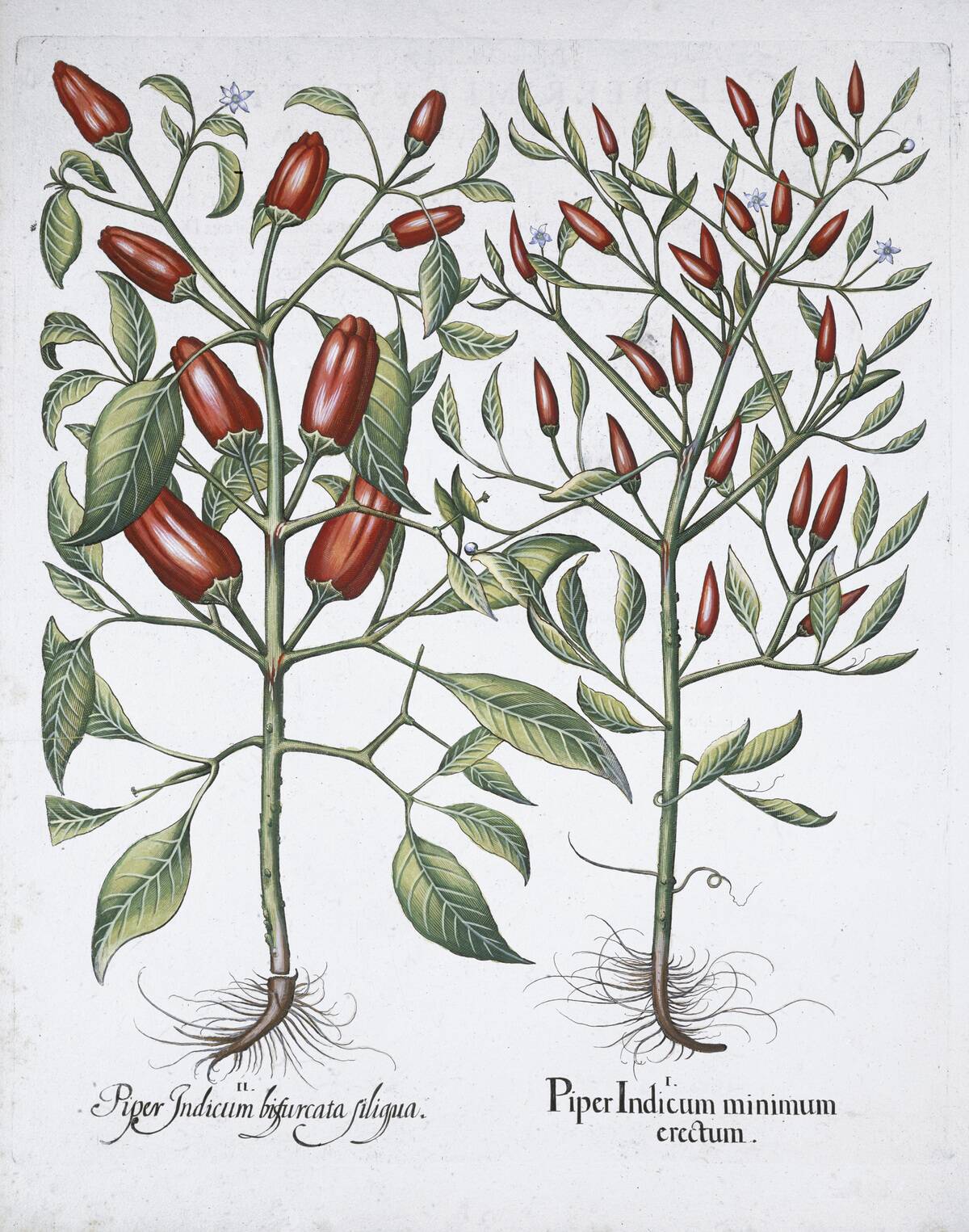
Peppers, ranging from mild to incredibly spicy, were a fiery gift from the Americas to the world. Columbus’s voyages introduced Europe to these vibrant fruits, which quickly became a staple in cooking due to their ability to enhance flavor.
Peppers spread across the globe, becoming integral to cuisines ranging from Asian to African. The capsaicin in hot peppers also sparked scientific interest due to its medicinal properties, including pain relief and metabolism boosting, further cementing their global appeal.
Vanilla: The Exotic Flavor Enhancer

Vanilla is one of the most beloved flavors globally, but its journey from the Americas to European kitchens was not straightforward. Originating from the orchids of Mexico, vanilla was initially used to enhance the flavor of chocolate drinks.
Its fragrant aroma and rich taste captivated the European elite, leading to its incorporation into a variety of desserts and pastries. Today, vanilla is a key ingredient in numerous recipes, from ice cream to cakes, and remains a symbol of luxury and indulgence.
The Allure of Gold and Silver: Precious Metals’ Impact

The discovery of gold and silver in the New World had a profound impact on global economies. These precious metals fueled European expansion and colonization, driving explorers to seek their fortunes across the Atlantic.
The influx of gold and silver into Europe led to increased wealth and power, transforming economies and societies. However, this quest for riches also had a darker side, including the exploitation of indigenous peoples and environmental degradation, highlighting the complex legacy of these shiny treasures.
Rubber: The Bouncy Discovery
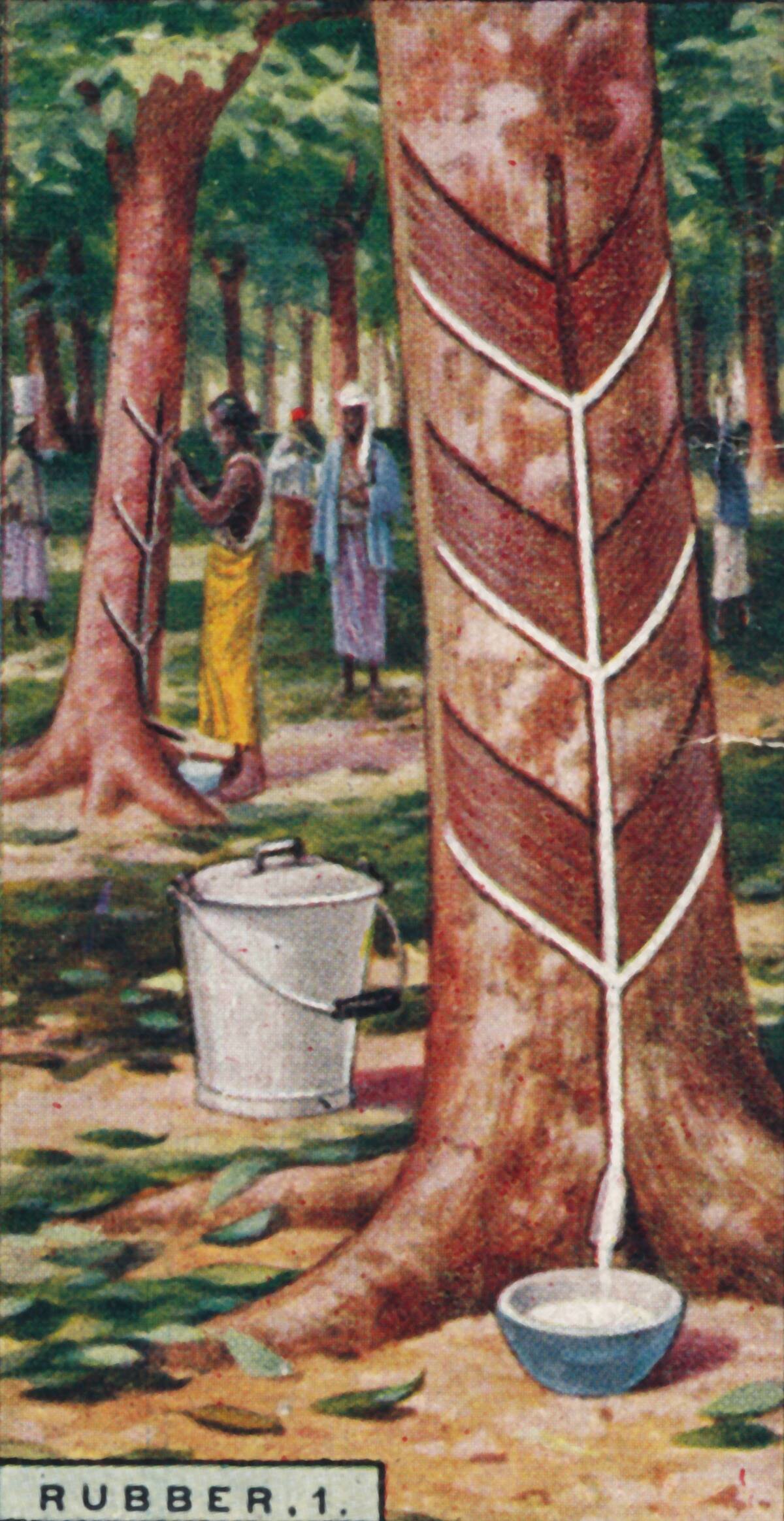
Rubber, derived from the latex of rubber trees, was another incredible find from the Americas. Indigenous peoples had been using it to make waterproof clothing and balls for games long before Europeans arrived.
When rubber was introduced to the Old World, it sparked a revolution in manufacturing, leading to the development of products such as tires, hoses, and seals. The demand for rubber increased dramatically with the rise of the automobile industry, making it a vital resource in the modern age.
Pineapples: The Prickly Symbol of Luxury
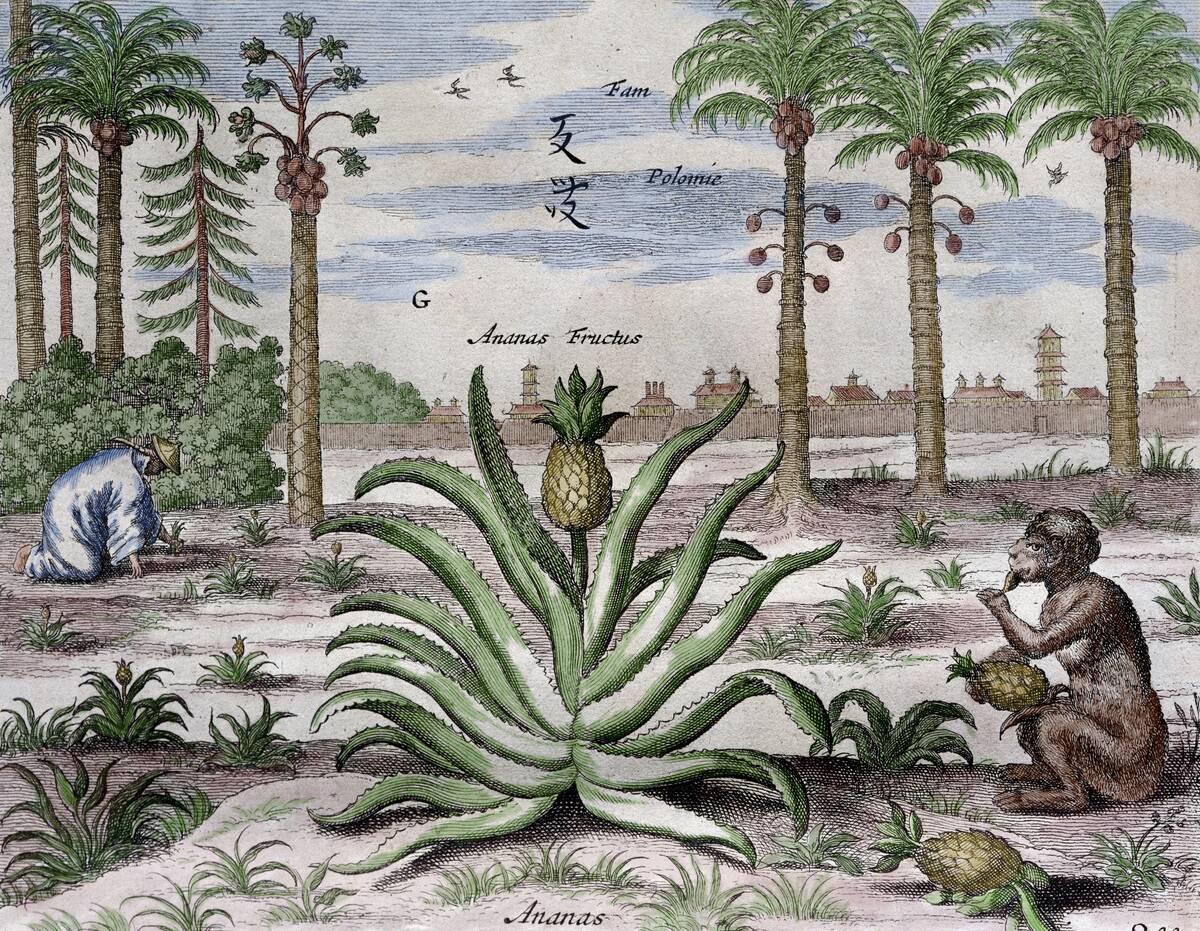
Pineapples, with their unique appearance and sweet flavor, quickly became a symbol of luxury and hospitality in Europe. When they were first brought back by explorers, pineapples were so rare that they were often displayed as status symbols at affluent gatherings.
The fruit’s exotic appeal made it a favorite among the aristocracy, and it was often used in ornate centerpieces. As cultivation methods improved, pineapples became more accessible, but they still retain their association with opulence and tropical allure.
Corn: The Grain that Revolutionized Agriculture
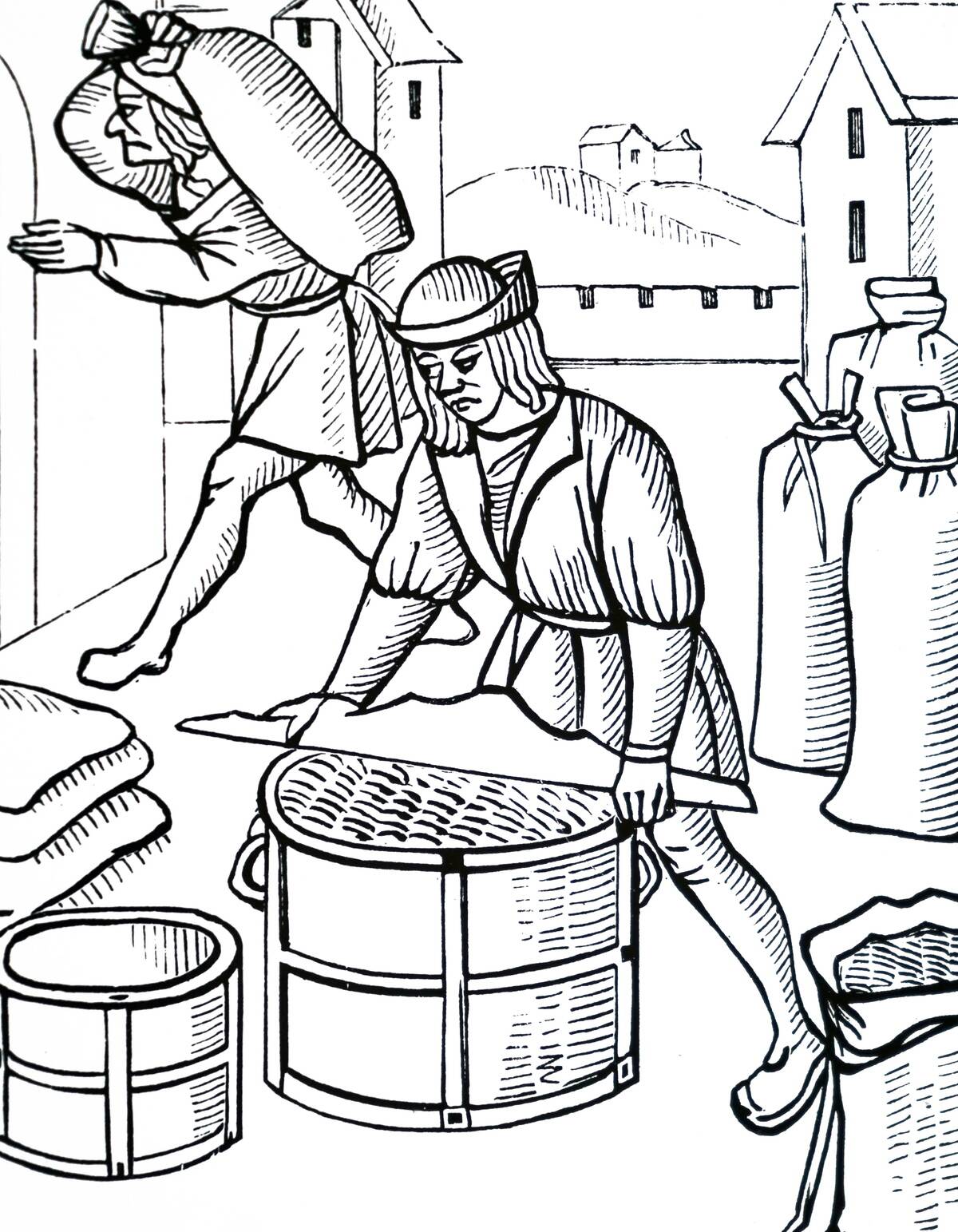
Corn, or maize, was a staple crop for many Indigenous cultures in the Americas long before European contact. When introduced to Europe, it quickly became an essential part of agricultural systems due to its adaptability and high yield.
Corn’s versatility allowed it to be used in a variety of dishes, from cornbread to polenta, and it became a key component in livestock feed. Its introduction marked a significant shift in farming practices, contributing to population growth and economic development worldwide.
Sunflowers: The Bright and Cheery Import

Sunflowers, with their vibrant yellow blooms, were a cheerful addition to European gardens when they arrived from the Americas. They quickly gained agricultural importance as a source of oil and seeds.
The plant’s resilience and adaptability made it popular with farmers, and today, sunflower oil is a staple in kitchens around the world, known for its health benefits and cooking versatility.
Avocados: The Creamy Marvel

Avocados, with their creamy texture and rich flavor, were a delightful discovery for European explorers. Originating in Central and South America, they were prized by the Aztecs and Mayans.
When avocados reached Europe, they were initially a curiosity but soon became valued for their nutritional benefits, including healthy fats and essential vitamins. Today, avocados are a staple in many diets, celebrated in dishes like guacamole and avocado toast, and their popularity continues to grow globally.
The Secret of the Sassafras Tree: Root Beer’s Origin
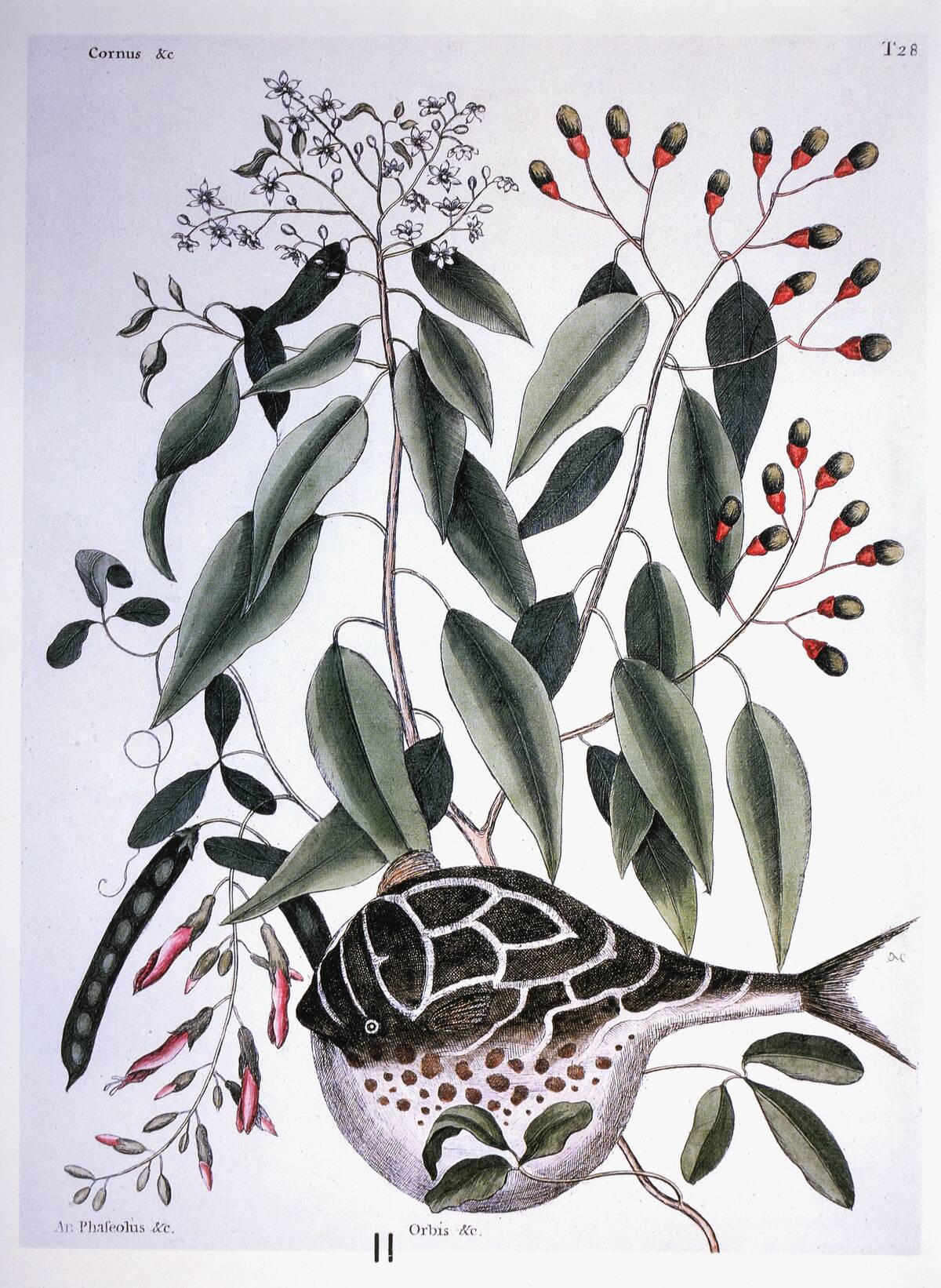
The sassafras tree, native to North America, played a surprising role in the creation of root beer. Indigenous peoples used sassafras for medicinal purposes, and its aromatic bark caught the attention of European settlers.
This led to the development of root beer, a sweet, effervescent beverage that gained popularity in the 19th century. Although modern root beer has evolved, often using artificial flavors, the legacy of the sassafras tree lives on in this iconic American drink.
Iguanas: Exotic Pets or Culinary Delights?
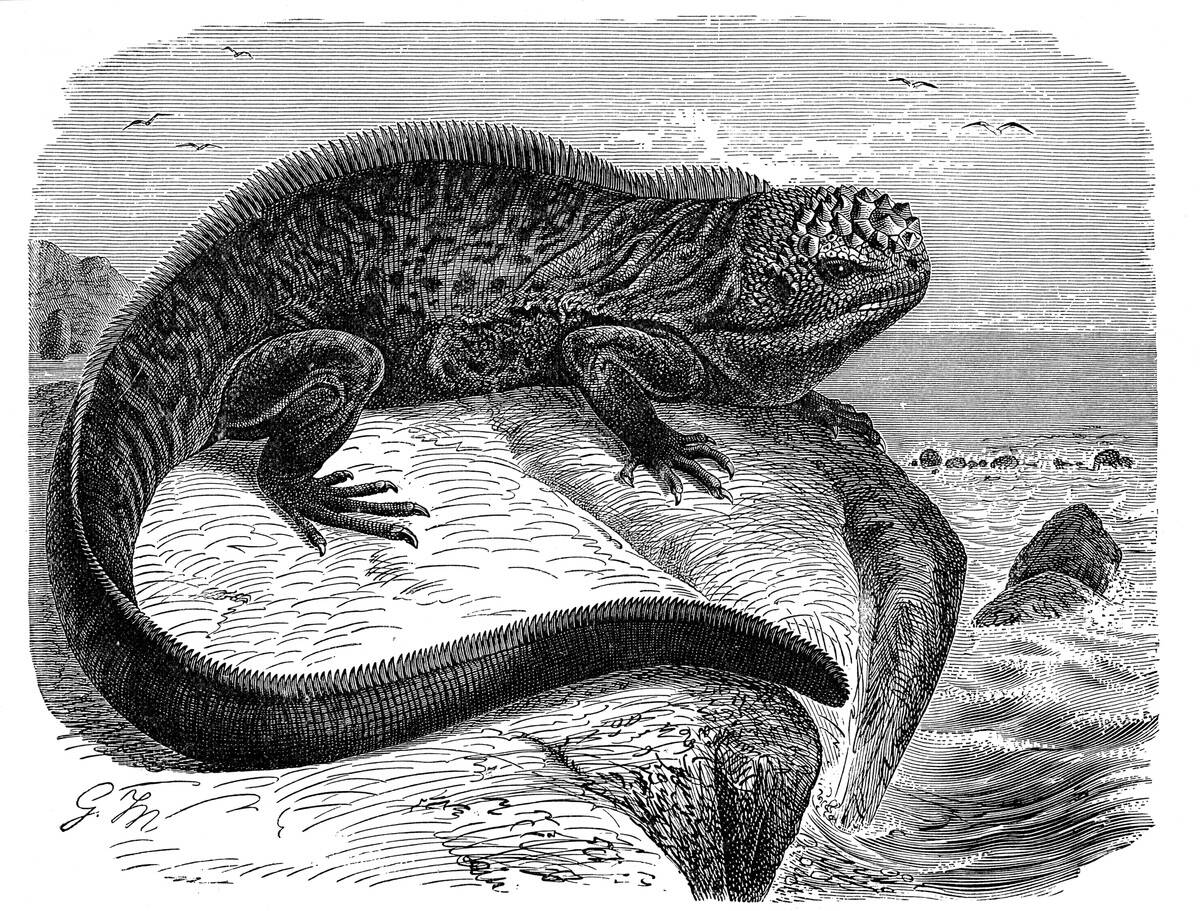
Iguanas, native to the tropical regions of the Americas, were an exotic curiosity for European explorers. While some saw them as fascinating pets, others discovered their culinary potential. In many cultures, iguanas are considered a delicacy and are often featured in traditional dishes.
Their meat is known for being lean and nutritious, providing a unique alternative to more common proteins. The iguana’s dual role as both pet and food highlights the diverse ways cultures adapt and incorporate new discoveries.
The Discovery of the Cochineal Dye: A Colorful Addition
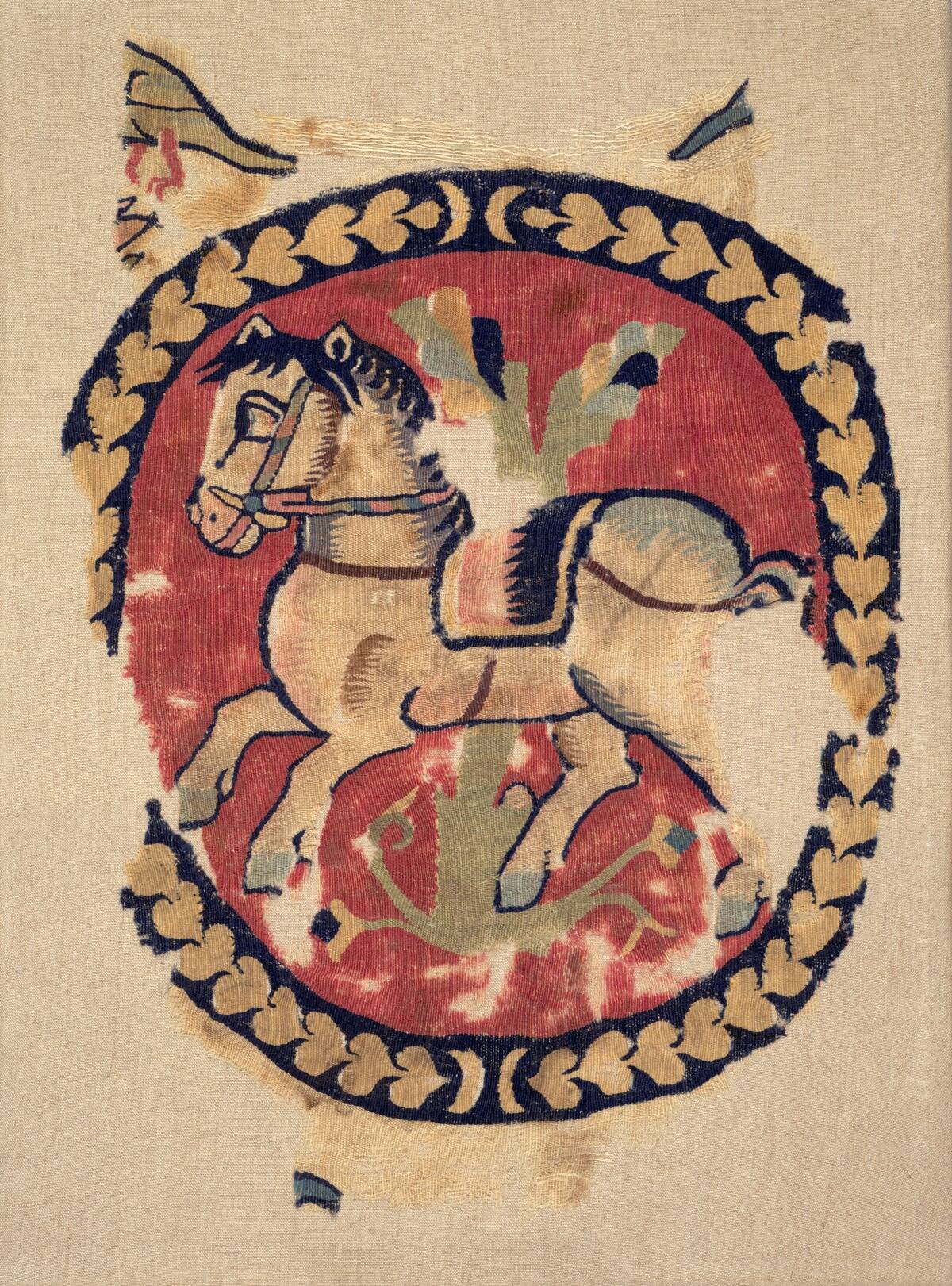
Cochineal dye, derived from insects found on cacti in Central and South America, was a vibrant addition to the European color palette. It produced a brilliant red hue that was in high demand for textiles and art.
The dye quickly became a valuable commodity, prized for its intensity and ability to maintain its color over time. Cochineal’s popularity endured for centuries, and it remains an important natural dye used in cosmetics, food, and art, reflecting its enduring appeal.
Pecans: The Nutty Contribution to Global Cuisine
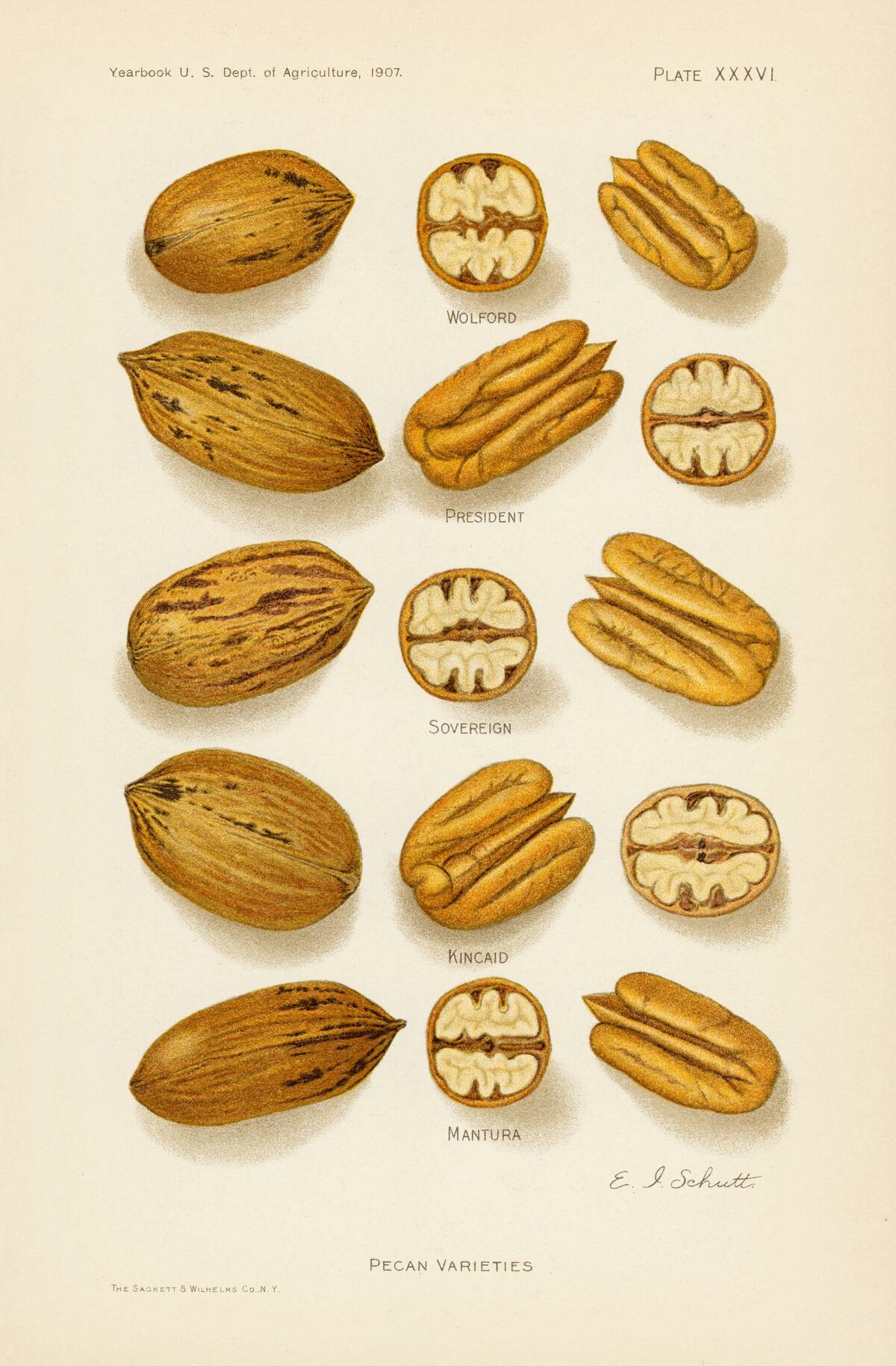
Pecans, native to North America, were a delicious find for early explorers and settlers. Rich in flavor and nutrients, they quickly became a favorite ingredient in both sweet and savory dishes. Pecans are a staple in Southern cuisine, famously featured in pies, pralines, and roasted snacks.
Their versatility and health benefits have led to their global popularity, and they continue to be celebrated for their unique taste and contribution to diverse culinary traditions around the world.



